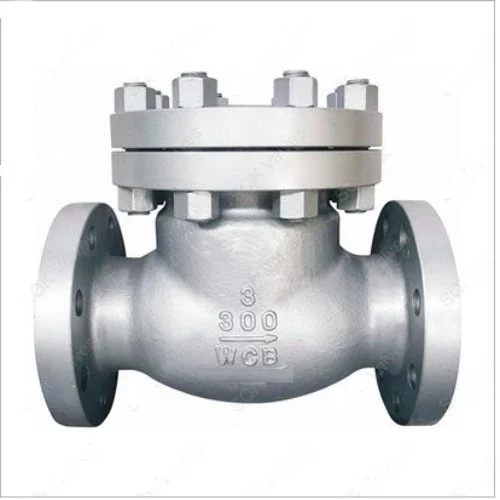different types of pipe connectors
Different Types of Pipe Connectors
Pipe connectors are crucial components in plumbing and piping systems, ensuring the reliable and efficient transport of fluids and gases. They come in various types, each designed to meet specific needs and applications. Understanding the different types of pipe connectors can help in selecting the right one for your project, ensuring compatibility, quality, and long-lasting performance.
1. Couplings
Couplings are one of the most commonly used pipe connectors. They serve the primary purpose of joining two pieces of pipe together. Couplings can be threaded or unthreaded and are available in a variety of materials, including PVC, metal, and CPVC. There are two main types standard couplings, which connect pipes of the same diameter, and reducing couplings, which allow for the joining of pipes of different sizes. The straightforward design and ease of installation make couplings a favorite among plumbers and DIY enthusiasts alike.
2. Elbows
Elbows are pipe connectors that allow pipes to change direction. They come in various angles, with 90-degree and 45-degree elbows being the most common. These connectors are essential in navigating around obstacles or altering the direction of pipe runs. Elbows are available in several materials, such as PVC, copper, and stainless steel, making them versatile for different applications. Properly chosen elbows can significantly reduce pressure loss and improve flow efficiency in the system.
3. Tees
Tees are connectors that allow for the branching off of pipes, creating a “T” shape. They are used when a perpendicular branch is needed from a main pipeline, making them vital in complex plumbing systems. Like couplings and elbows, tees come in various materials and sizes. They can be designed for both the same and different pipe diameters, ensuring that they cater to diverse piping needs. Proper installation of tees helps maintain smooth flow and minimizes turbulence.
4
. Reducersdifferent types of pipe connectors

Reducers are pipe connectors that allow for a change in diameter between two pipes. They can be either eccentric (asymmetric) or concentric (symmetric), depending on the application. Eccentric reducers are often used in horizontal piping systems to prevent the accumulation of air, while concentric reducers are common in vertical installations. Reducing pipe size can help control flow rates and pressure, making them essential components in hydraulic and pneumatic systems.
5. Adapters
Adapters are connectors that allow different types of pipes to connect. They can bridge the gap between various pipe materials, sizes, or threading types. Adapters are especially useful in renovation or repair projects where existing plumbing needs to be connected to newer materials. They come in many configurations, such as male-female threaded adapters and slip adapters, allowing for flexible connections.
6. Unions
Unions are pipe fittings that allow for easy disconnection of pipes without needing to cut them. They consist of three pieces two female ends and a nut that connects them. Unions provide a practical solution for maintenance and repairs, enabling quick access to piping systems without extensive alterations. They are particularly valuable in settings where frequent service is anticipated.
7. Flanges
Flanges are flat pieces of metal that connect pipes by bolting them together. They are used in high-pressure applications where strong, leak-proof connections are required. Flanges come in various sizes and bolt patterns, and they can be made from materials like stainless steel, cast iron, or plastic. This type of connector is ideal for large industrial systems where disassembly and reassembly must frequently occur.
Conclusion
Choosing the right type of pipe connector is essential for the integrity and efficiency of any plumbing or piping system. Each connector type serves distinct purposes and applications, ranging from simple couplings to complex flanges. By understanding the characteristics and functions of each type of connector, you can ensure the reliability and effectiveness of your plumbing projects, whether for residential or industrial use. Always consider the specific requirements of your project, including the type of fluid, pressure, and installation conditions, to select the most suitable connectors.
-
The Versatility of Ball Valves in Fluid Control SystemsNewsJun.10,2025
-
The Practical Benefits of Centerline Butterfly ValvesNewsJun.10,2025
-
The Benefits of Bellows Seal Globe Valves for Industrial SystemsNewsJun.10,2025
-
The Advantages of Offset Butterfly ValvesNewsJun.10,2025
-
Ductile Gate Valves: Strong, Reliable, and Essential for Every SystemNewsJun.10,2025
-
Cast Iron Gate Valves: A Reliable Solution for Every SystemNewsJun.10,2025
-
Why Choose a Brass Gate Valve for Superior Performance and DurabilityNewsMay.09,2025




